 Many people don’t realize there is a declutter difference between backlog and day to day. Not all clutter is created equally. This will help.
Many people don’t realize there is a declutter difference between backlog and day to day. Not all clutter is created equally. This will help.
The Declutter Dilemma
Touch it once. Deal with it now. Don’t put it down put it away.
These are all great organizing principles. EXCEPT they only apply to day-to-day decluttering.
If you are dealing with a backlog these strategies will have you frustrated, overwhelmed and a victim of decision fatigue in no time. UGH!
There is a declutter difference between the two type of organizing. One, clearing a backlog, is all about managing large amounts of material as quickly. On the other hand, managing paper, clothes, dishes or documents on a day-to-day basis is quite a separate process.
Here are some strategies that will help you manage the declutter difference and get your space organized to feel calmer and back in control.
Declutter the Backlog
You have a large amount of material to be reviewed, sorted, purged and then organized. Welcome to the backlog. Perhaps you are preparing for a house or condo sale, or maybe a move. Or, you simply have decided you need more space and less stuff so it’s time to take action.
- Key Decision: The key decision for backlog is Discard or Keep. Make this decision as quickly as possible. Simply decide what is shed vs what is keep.
- Make it Easy: If it’s paper you are sorting, have a recycling and shredding bag or box right beside you. Anything to keep is divided into FILE or ACTION.
- Next Steps: Once this first sort has been done, you will likely find only 10-25% of the original pile is actually left with ACTION to be taken. Take out the recycling. Set up your shredder or find a local shredding company and pick a time to get the shredding out of the house.
- Last Step: Take the necessary action and then FIND A HOME for the items to be kept. If you are moving, that might mean packing. Having decluttered already, you will be packing and moving much less.
Managing Day-to-Day
The decluttering difference with day-to-day organizing is to make sure the backlog never happens. The trick is to avoid an accumulation of belongings or paper, so that you don’t have to take the time or energy to ever clear the backlog.
- Key Decision: The key decision for day-to-day organizing is “What action needs to be taken?”
- Make it Easy: If the action to be taken requires less than 15 minutes, try and do it right away. Although this is not always possible, getting into the “do it now” attitude for those quick tasks will keep the clutter at bay. This is where “touch it once” makes sense.
- Next Steps: Once the action is taken, the following question is “Where does this need to live?”. Every item needs to have a home where it can be easily stored and retrieved. Remember, however, once the action is taken, where it needs to live might be the recycling, shredding or garbage.
- Last Steps: Put the item in its home. This is where “don’t put it down, put it away” comes in. You are done.
There is a decluttering difference between clearing a backlog versus maintaining a clutter free home or office on a day-to-day basis. Not all clutter is created equal. A different strategy is needed whether you are clearing the backlog to downsize or managing today’s mail. Have fun and keep going.



 With both the Summer Solstice and a Full Moon, the last weeks of spring promise renewal. The beginning of summer is a time for Mother Nature to bring rebirth to her garden.Try these three easy tips to help you take advantage of that renewal energy.
With both the Summer Solstice and a Full Moon, the last weeks of spring promise renewal. The beginning of summer is a time for Mother Nature to bring rebirth to her garden.Try these three easy tips to help you take advantage of that renewal energy.
 Tracking your progress on intentions is equally important to setting them. We are often so grateful for a relaxed summer atmosphere that we forget we had intentions for healthier eating, more exercise, increased sales calls – or whatever your mid calendar goals might be. Setting up a weekly tracking system will help you stay on track. Is weekly too often? No. Tracking in small increments makes it easier to keep track and stay on track. It helps to keep your goals top of mind from week to week so that success is more likely. And if things are working to head you in the
Tracking your progress on intentions is equally important to setting them. We are often so grateful for a relaxed summer atmosphere that we forget we had intentions for healthier eating, more exercise, increased sales calls – or whatever your mid calendar goals might be. Setting up a weekly tracking system will help you stay on track. Is weekly too often? No. Tracking in small increments makes it easier to keep track and stay on track. It helps to keep your goals top of mind from week to week so that success is more likely. And if things are working to head you in the 
 Creating both process and outcome goals for your business can take energy and time. You will be glad you did and here is why.
Creating both process and outcome goals for your business can take energy and time. You will be glad you did and here is why.


 Who is Carolyn Caldwell? It seemed like a simple enough request. In a recent content coaching session.
Who is Carolyn Caldwell? It seemed like a simple enough request. In a recent content coaching session. 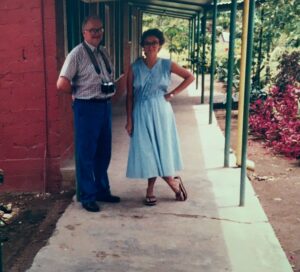

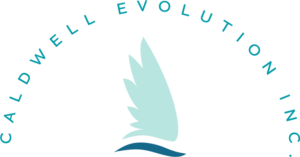
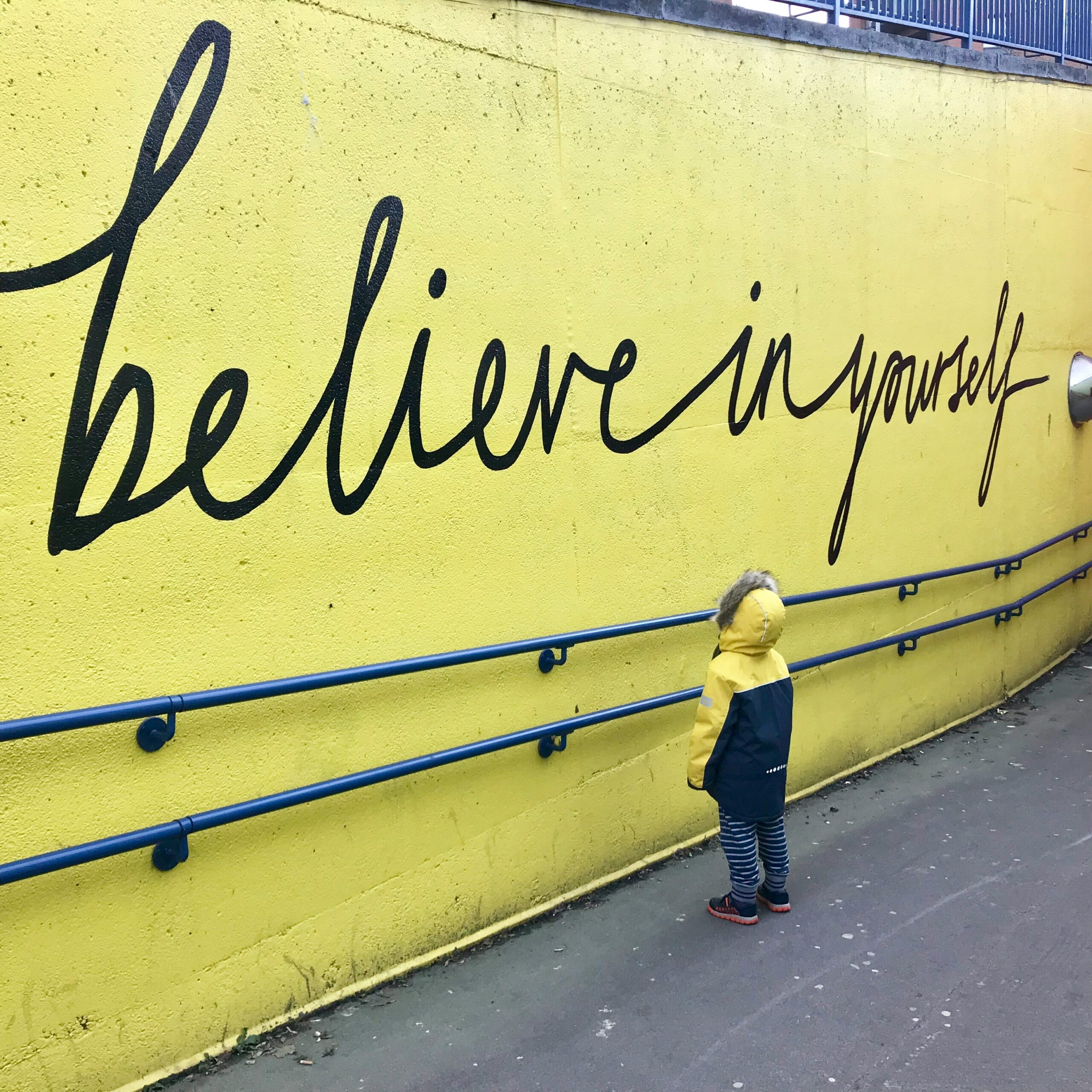
 Our minds are not easy to manage. There are times when mindset matters more than others.
Our minds are not easy to manage. There are times when mindset matters more than others. Why Mindset Matters
Why Mindset Matters Strategies for Mental Toughness
Strategies for Mental Toughness
 Habits can sometimes be very helpful. Other times they trip us up and get in the way of accomplishing our goals. In the Mindfully, I AM Evolving coaching program I support clients to recognized both and learn how to use, or modify them.
Habits can sometimes be very helpful. Other times they trip us up and get in the way of accomplishing our goals. In the Mindfully, I AM Evolving coaching program I support clients to recognized both and learn how to use, or modify them.




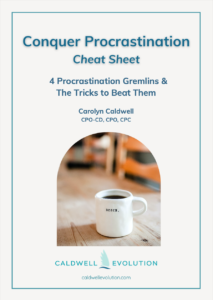
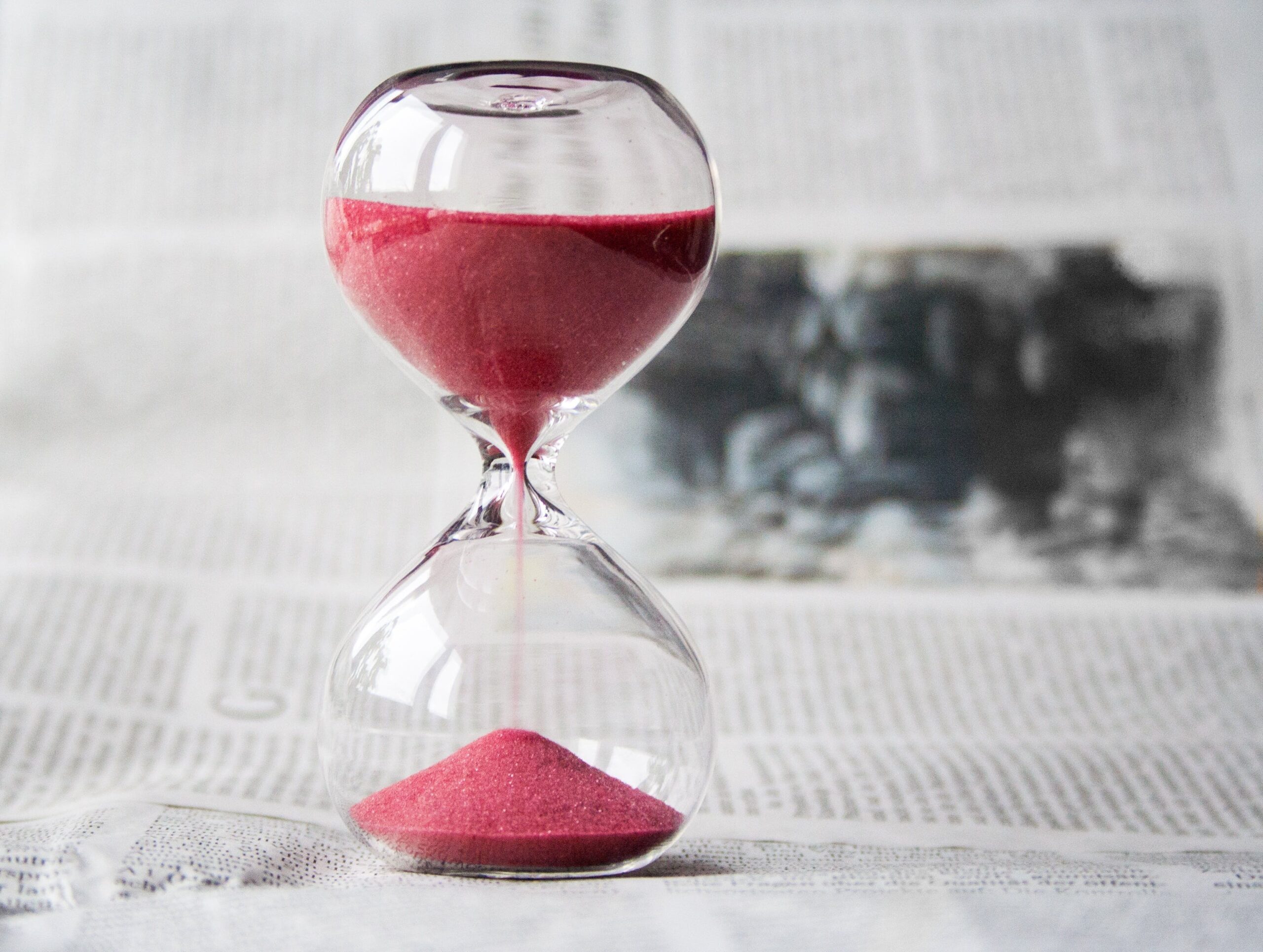
 Time management is likely the number two complaint of my clients, right behind clutter. The reality is, we don’t manage time we manage tasks and ourselves.
Time management is likely the number two complaint of my clients, right behind clutter. The reality is, we don’t manage time we manage tasks and ourselves.


 Step one is a compelling vision that keeps you focussed and reminds you of why you are pursuing goals in the first place. Next the plan needs a break down of the year to show where the revenue opportunities sit and where the expense obligations lie. Step three is a set of detailed process and outcome goals by quarter and month to identify what work needs to be done and when. Final step is a set of tools to which you can resort when the procrastination, perfectionist, and fear of failure – or success – gremlins show up.
Step one is a compelling vision that keeps you focussed and reminds you of why you are pursuing goals in the first place. Next the plan needs a break down of the year to show where the revenue opportunities sit and where the expense obligations lie. Step three is a set of detailed process and outcome goals by quarter and month to identify what work needs to be done and when. Final step is a set of tools to which you can resort when the procrastination, perfectionist, and fear of failure – or success – gremlins show up.
 Setting up for a prosperous year can be an exciting task. You are at the beginning of another new year and planning is on the brain. Setting up New Year’s resolutions? Have a project you want to accomplish? Is there a particular goal that you are committed to? Or, like my mentoring clients, are you setting up a plan for your business for the coming year?
Setting up for a prosperous year can be an exciting task. You are at the beginning of another new year and planning is on the brain. Setting up New Year’s resolutions? Have a project you want to accomplish? Is there a particular goal that you are committed to? Or, like my mentoring clients, are you setting up a plan for your business for the coming year?
